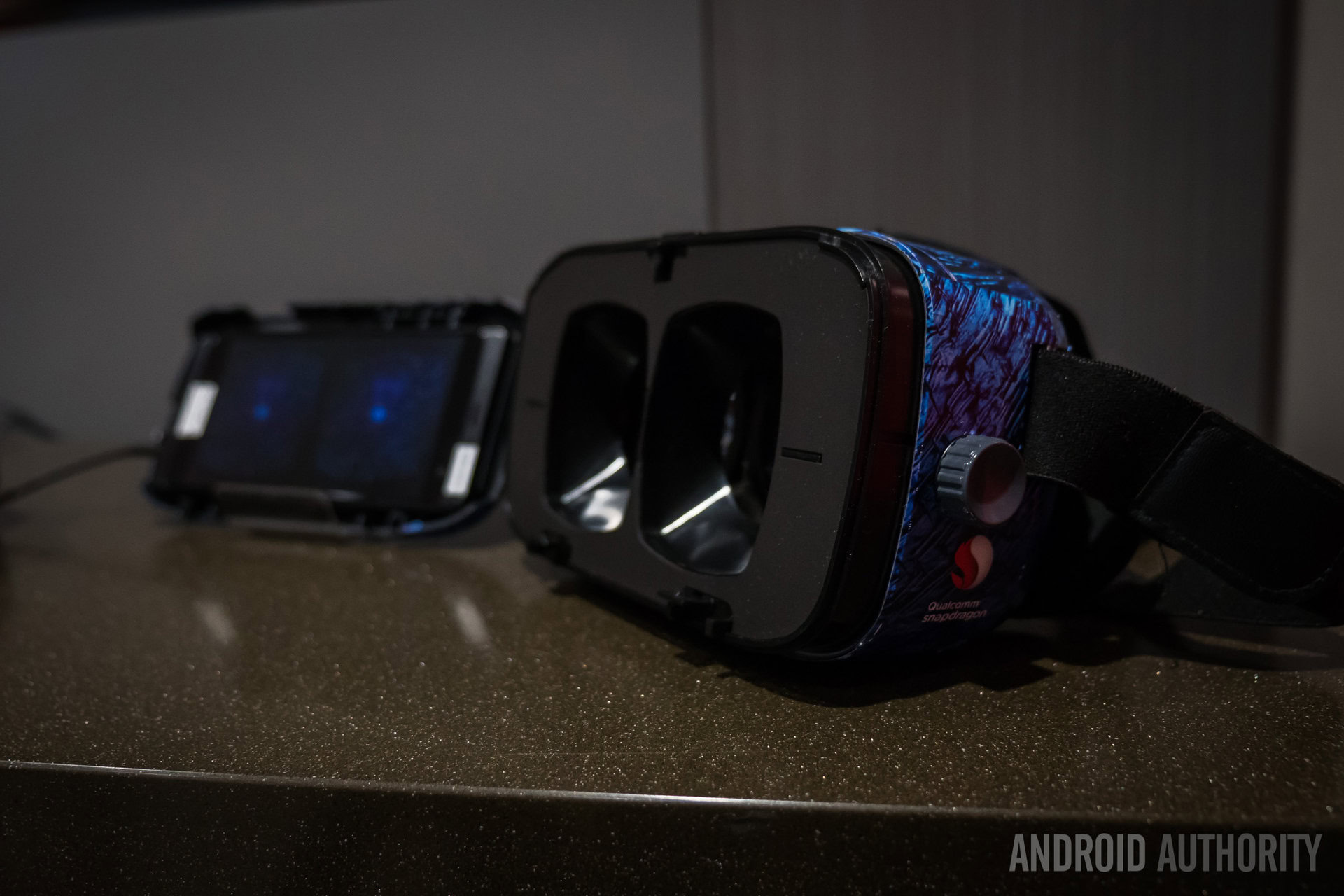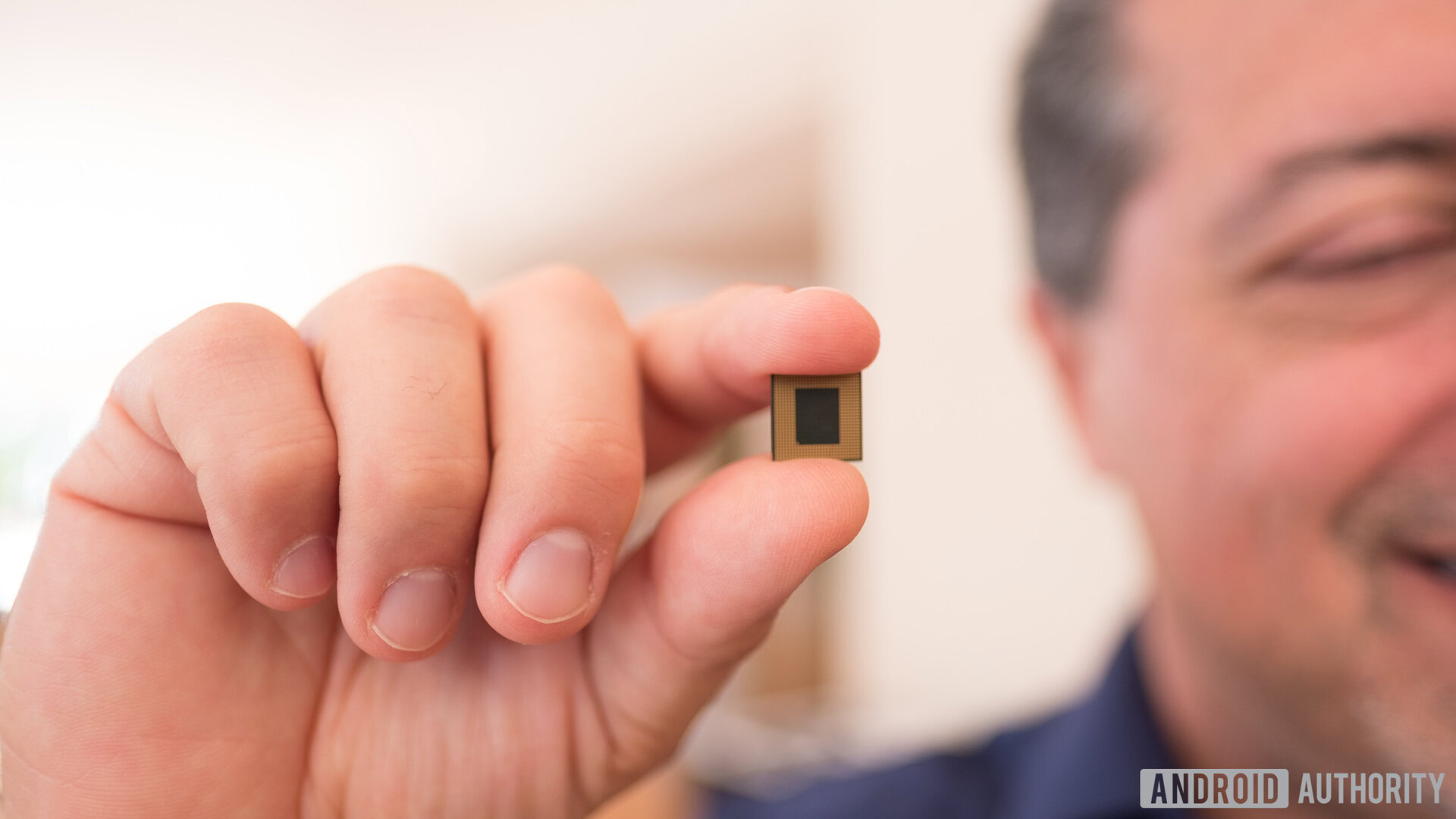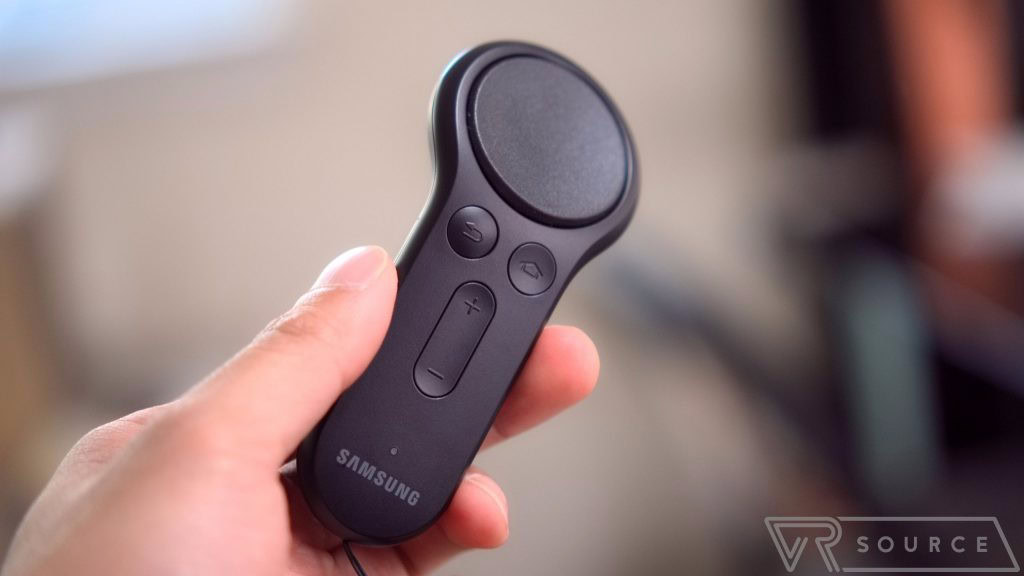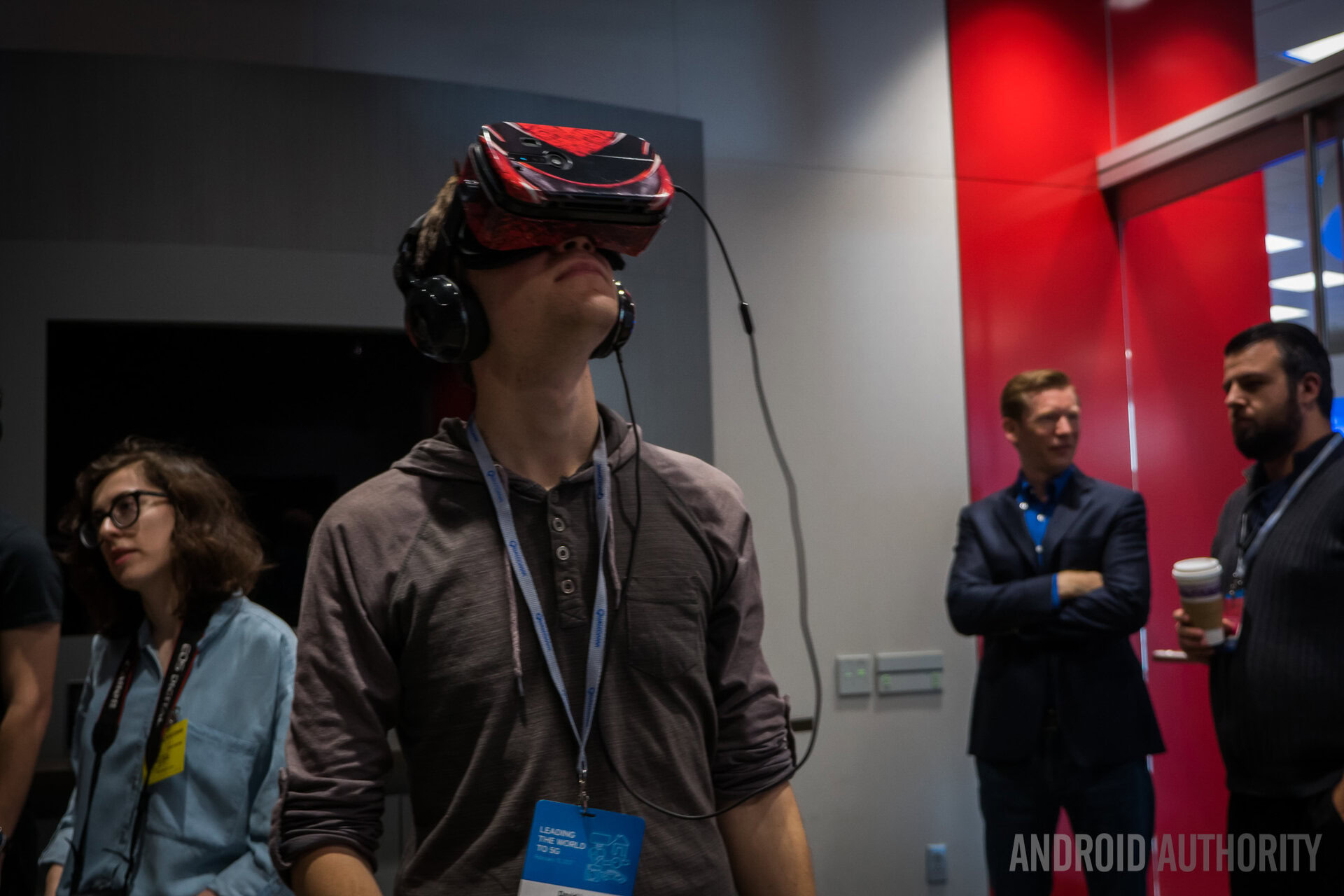Affiliate links on Android Authority may earn us a commission. Learn more.
Can the Snapdragon 845 give VR a shot in the arm?

Qualcomm’s new Snapdragon 845 Mobile Platform is a feature-rich SoC heading to next year’s smartphones, Windows laptops, and, probably, virtual reality products. The 845 features a number of improvements specifically designed to improve performance and bring new features to mobile AR and VR. Standalone VR has been a bit of a dud. Perhaps Qualcomm’s latest chipset can reinvigorate the market with exciting new products.
Dedicated XR improvements
As part of its launch presentation, Qualcomm detailed a number of specific eXtended reality (XR) improvements for augmented and virtual reality applications. The Snapdragon 845 supports two 2,400 x 2,400 pixel displays at 120 frames per second, for starters. One of the more important features is the introduction of foveated rendering and eye tracking, enabling better performance by reducing the GPU rendering load.

Foveated rendering is a clever trick that lowers the rendering resolution of the scene that sits in your peripheral vision, thereby lightening the load on the graphics processor. It’s handy across all levels VR hardware, but particularly needed in mobile. Combined with eye tracking, the foveated rendering center spot can follow the user as they look around the display.
The second major upgrade to the Adreno 630, in terms of virtual reality, is that the GPU can be preempted on a primitive boundary to render something else without incurring a penalty. Usually, there’s some overhead in switching to other tasks part way through rendering polygons, but not with the Snapdragon 845’s Adreno 630. This will be very helpful for keeping frame rates and responsiveness high in real time applications.
The Snapdragon 845 not only offers better performance, but many much needed VR features too.
Finally, Qualcomm has introduced 6 degrees of freedom of movement to enhance the accuracy of wearer tracking, and simultaneous location and mapping (SLAM) to ensure consistent tracking even when the user is moving in fast motion. SLAM also delivers a triangulated 3D mesh of the wearer’s environment to the application in order to create a virtual scene that’s blended with the real scene. In other words, you’ll be able to see a wall before you bump into it, helping to free up movement into 3D space.
Arm’s Mali GPUs and Multiview technologies addressed some of these performance problems a little before the 845, but there’s no denying the significance of Qualcomm implementing similar technologies. The Snapdragon 845 is going to power the majority of premium tier flagship smartphones in 2018, so this is a big boost to help grow the number of VR-capable products on the market.

There are still problems to fix
As good a job as Qualcomm has done in addressing many of mobile VR’s hardware limitations with the Snapdragon 845, including performance and freedom of movement, there are still a number of issues with the wider system and even the idea of mobile VR.
Battery life on portable devices remains limited, especially when rendering intensive VR experiences. Controllers are still not a great fit for interacting with a virtual world, although Qualcomm has again tried to remedy this with support for hand gestures. Developing VR experiences is also quite expensive, yet the market remains a niche that few are willing to spend serious money on.
The Snapdragon 845 will certainly allow OEMs to build better VR devices, but there are some broader issues that others need to address too.
Even with Qualcomm’s performance improvements, some still argue that display resolution and refresh rates need to push higher still to make quality compelling enough and to help reduce motion sickness. The Snapdragon 845 supports 2K per eye and up to 120 fps refresh rates, but developing applications that can run smoothly at that resolution and speed are still going to be difficult for developers on a limited power budget.
Perhaps most problematic of all, we’re still waiting on that must-have virtual reality application. Gaming and 360 video are fun, but they’re not a reason to buy a VR device on their own.

What’s next for virtual reality?
Qualcomm’s XR improvements with its latest flagship mobile platform are certainly a step in the right direction to help mobile VR take off. The hardware, performance improvements, and new capabilities are certainly needed. Perhaps more importantly, the Snapdragon 845 is also going to help improve accessibility and price.
If you’re not the PC gaming type, the chances are that your experiences with VR, if you have any, are primarily done through a Gear VR headset or Google’s inexpensive Cardboard or Daydream platform. These products are getting VR into consumer hands because they don’t cost very much (at least if you already own a compatible smartphone). The Snapdragon 845 will power a lot of handsets next year, which means more phones to slot into inexpensive headsets. There’s also the possibility of more powerful stand-alone models too.
Virtual reality still has a lot of work to do if it’s to going become a mainstream consumer technology. We’ll just have to see what Qualcomm’s hardware customers come up with in 2018 before deciding whether mobile VR is going to see its second wind.